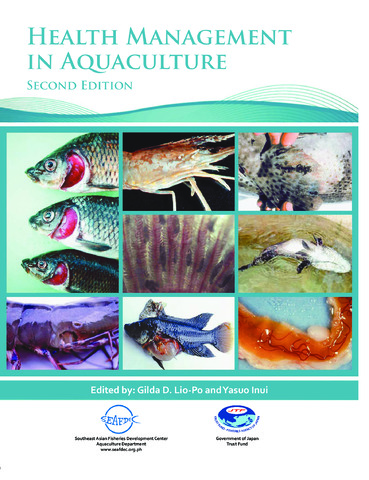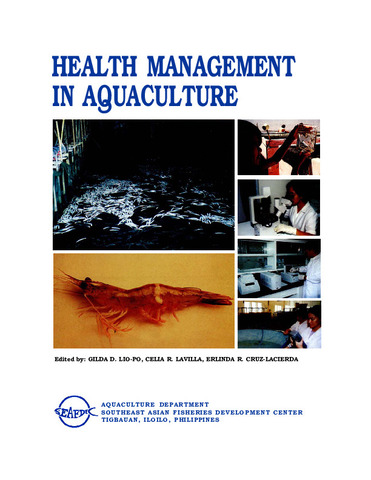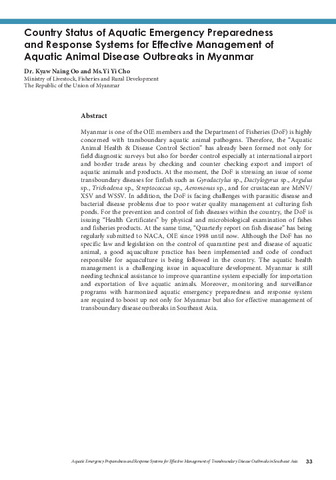| dc.contributor.author | Lavilla-Pitogo, Celia R. | |
| dc.contributor.editor | Reichardt, Wolfgang | |
| dc.date.accessioned | 2015-04-16T08:18:47Z | |
| dc.date.available | 2015-04-16T08:18:47Z | |
| dc.date.issued | 2007 | |
| dc.identifier.citation | Lavilla-Pitogo, C. R. (2007). Microbial diseases in aquaculture: issues and challenges. In W. Reichardt (Ed.), DAAD Conference Proceedings: Challenges of Applied and Environmental Microbiology in Marine Science (pp. 12-17). Diliman, Quezon City, Philippines: Marine Science Institute, University of the Philippines. | en |
| dc.identifier.uri | http://hdl.handle.net/10862/2182 | |
| dc.description.abstract | Aquaculture is the farming of aquatic organisms including fish, molluscs, crustaceans and aquatic plants where farming implies some intervention in the rearing process to enhance production, such as regular stocking, feeding, protection from predators, etc. (FAO, 1997). The contribution of aquaculture to global supplies of fish, crustaceans, mollusks and other aquatic animals continues to grow, increasing from 3.9 percent of total production by weight in 1970 to 32.4 percent in 2004 growing more rapidly than all other animal food-producing sectors. Worldwide, aquaculture production has grown at an average rate of 8.8 percent per year since 1970, compared with only 1.2 percent for capture fisheries and 2.8 percent for terrestrial framed meat production systems over the same period (FAO 2006). | en |
| dc.language.iso | en | en |
| dc.publisher | Marine Science Institute, University of the Philippines | en |
| dc.title | Microbial diseases in aquaculture: issues and challenges | en |
| dc.type | Conference paper | en |
| dc.citation.spage | 12 | |
| dc.citation.epage | 17 | |
| dc.subject.asfa | disease control | en |
| dc.subject.asfa | fish diseases | en |
| dc.subject.asfa | aquaculture | en |
| dc.citation.conferenceTitle | DAAD Conference Proceedings: Challenges of Applied and Environmental Microbiology in Marine Science | en |



